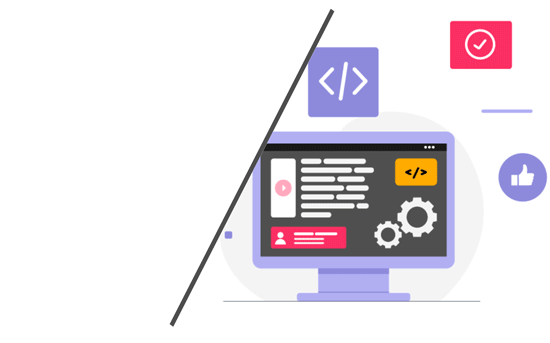Cypress or Robot Framework? Find the Best Fit
In the ever-evolving world of test automation, choosing the right framework can significantly impact the success and scalability of your QA efforts. Two popular options among testers and developers are Robot Framework and Cypress. Both are powerful in their own ways, but they cater to different project needs and testing goals.
This blog explores the key differences between Robot Framework and Cypress, helping you decide which tool best fits your automation project.
What is Robot Framework?
Robot Framework is an open-source, generic automation framework designed for acceptance testing and robotic process automation (RPA). It uses a simple keyword-driven syntax, making it easy for both technical and non-technical team members to write tests.
Key highlights of Robot Framework:
- Keyword-driven approach that enhances readability
- Supports multiple domains including web, API, and desktop testing
- Highly extensible with Python and third-party libraries
- Easy to integrate with tools like Selenium, Appium, and Jenkins
- Built-in reporting and logging features
What is Cypress?
Cypress is a modern JavaScript-based end-to-end testing framework built specifically for web applications. It is known for its fast execution, real-time browser interaction, and developer-friendly design.
Key highlights of Cypress:
- Built for front-end web testing with JavaScript
- Offers fast, reliable execution in a real browser
- Built-in time travel debugging and screenshots
- Automatic waiting for DOM elements and network calls
- Easy setup and rich dashboard integration
Key Differences Between Robot Framework and Cypress
Here are the major differences that can help you make an informed decision:
1. Language and Ecosystem
- Robot Framework uses a domain-specific language with optional Python support
- Cypress is written entirely in JavaScript and tightly integrated with modern web development stacks
2. Use Case Focus
- Robot Framework is versatile, supporting web, API, database, desktop, and mobile testing
- Cypress is focused primarily on front-end web application testing
3. Ease of Use
- Robot’s syntax is user-friendly for testers with minimal programming skills
- Cypress is more developer-focused and requires knowledge of JavaScript
4. Execution Environment
- Robot tests can run on multiple browsers and platforms using Selenium or Appium
- Cypress runs only in Chromium-based browsers (Chrome, Edge) and doesn’t support Safari or Internet Explorer
5. Debugging and Reporting
- Robot Framework has built-in reports and logs but may require plugins for advanced visuals
- Cypress provides a rich UI with time-travel debugging, automatic screenshots, and video recording
6. Community and Support
- Robot Framework has a large QA-focused community and many integrations
- Cypress has strong developer community backing and modern documentation

When to Choose Robot Framework
Robot Framework is a better fit for:
- Cross-domain testing needs (web, API, desktop)
- Teams with diverse technical skills
- Long-term projects needing high scalability and maintainability
- Integrating multiple tools and libraries within a single test suite
When to Choose Cypress
Cypress is ideal for:
- Projects heavily focused on front-end web UI testing
- Development teams that prefer writing tests in JavaScript
- Rapid CI/CD pipelines where speed and browser control are priorities
- Debugging modern web apps with dynamic DOM behavior
Final Thoughts
There is no one-size-fits-all solution in test automation. Robot Framework offers flexibility and a broader scope for various types of testing, while Cypress delivers speed and precision for modern web application testing. The right choice depends on your team’s skillset, project scope, and automation goals.
If your priority is multi-platform, readable, and extensible test coverage, go with Robot Framework. If you’re looking for sleek, fast, and JavaScript-powered browser testing, Cypress might be your best bet.




